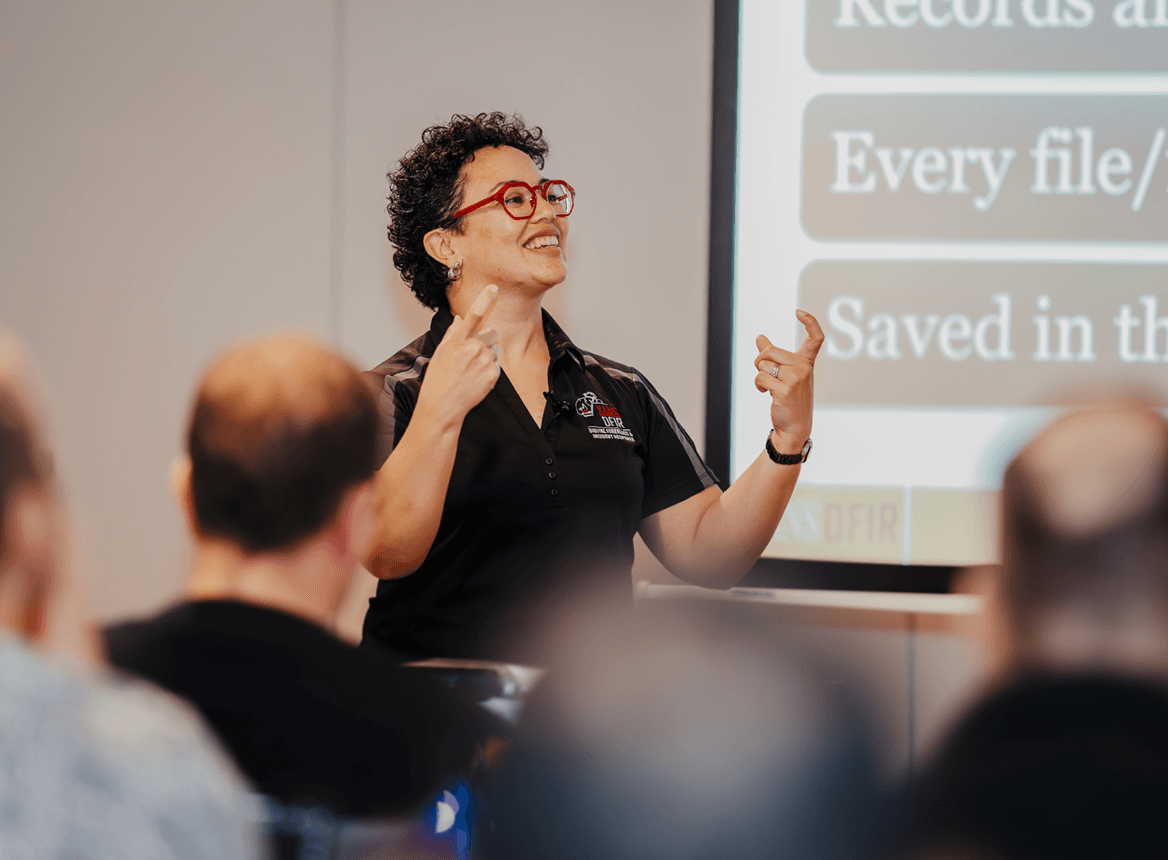SEC595: Applied Data Science and AI/Machine Learning for Cybersecurity Professionals


Experience SANS training through course previews.
Learn MoreLet us help.
Contact usBecome a member for instant access to our free resources.
Sign UpWe're here to help.
Contact UsAs a member of SANS, you’ll receive exclusive access to premium cybersecurity material, from open source workstations to interactive webinars. Join our community.
.png&w=3840&q=75)
Our extensive multimedia library allows you to catch up on key presentations, participate in live webinars, and listen to our latest expert-led podcast episodes.

Get real-time threat analysis from the Internet Storm Center, and stay up-to-date on the latest cybersecurity insights via technical whitepapers and expert commentary on recent news.

Enhance your cybersecurity toolkit with access to our wealth of downloadable resources. Download free open source tools, operational cheat sheets, and security policy templates to help you safeguard your digital environment.

Every resource at SANS Institute, from in-depth research papers and practical tools to hands-on training, is developed by cybersecurity professionals who live what they teach. They’re not just instructors, they’re the people on the front lines of cybersecurity, facing these threats head-on.
With real-world experience and deep technical expertise, they ensure every resource reflects the latest threats, tools, and best practices. You’re not just learning theory, you’re gaining field-tested insights that work in the real world, right now.

Unlock exclusive access to members-only training and tools, plus immediate updates on the latest in cybersecurity.



